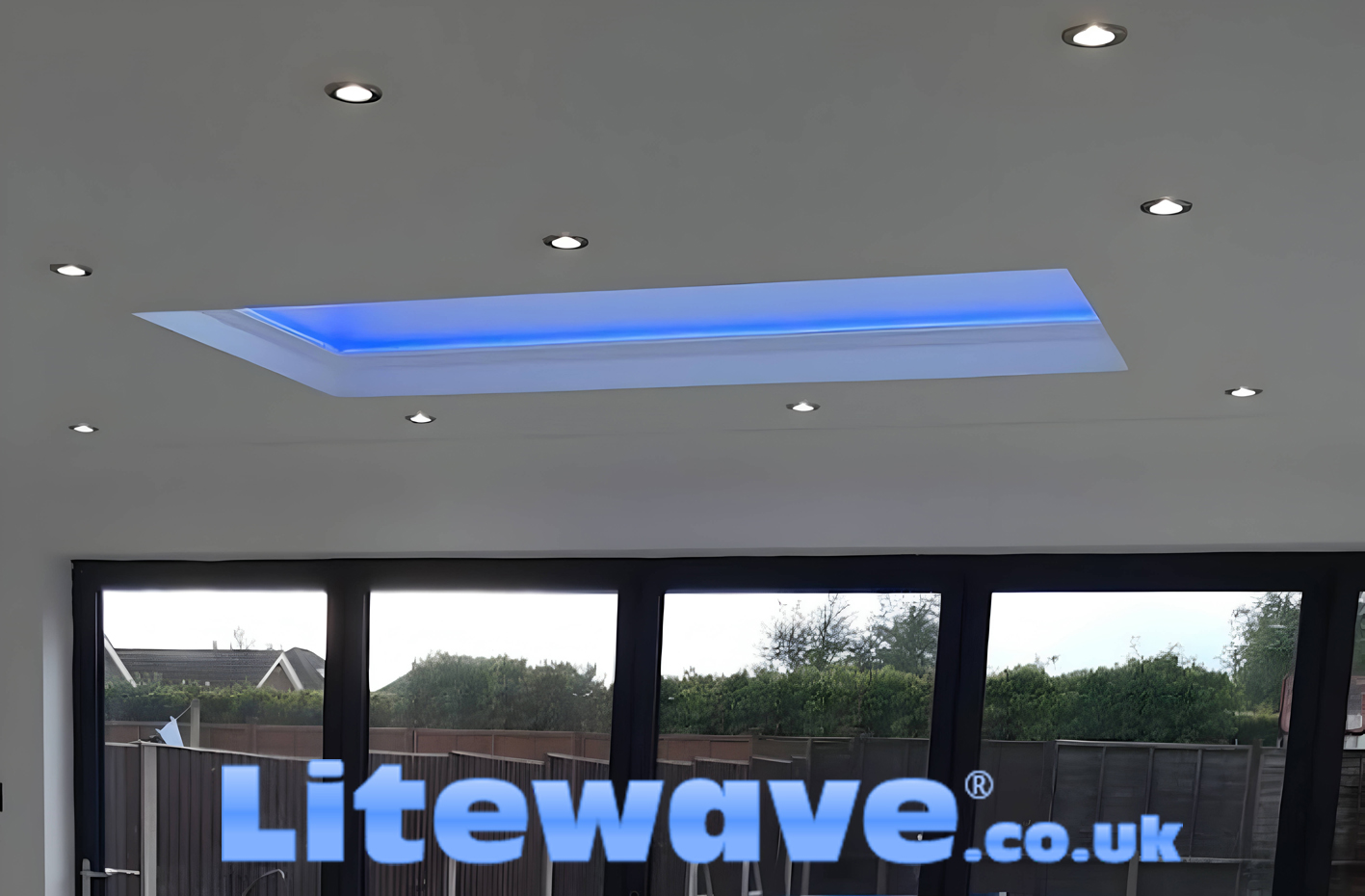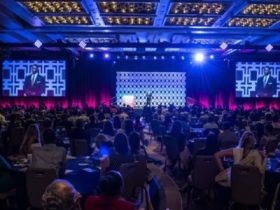In the realm of lighting technology, the advent of LED strip lights has marked a groundbreaking leap forward. These compact, flexible, and energy-efficient lighting solutions have swiftly become a favorite among interior designers, architects, and homeowners alike. The unique combination of versatility, aesthetics, and functionality has propelled LED strip lights into a realm where they are not just sources of illumination, but tools for creative expression and practical enhancement.
Origins and Evolution of LED Strip Lights:
LED (Light Emitting Diode) technology itself is a transformative milestone in the history of lighting. The concept dates back to the early 20th century, but it wasn’t until the 1960s that practical applications emerged. LED strip lights, in particular, emerged as a product of the drive to make LEDs more adaptable for various uses.
The first LED strip lights were simple, single-color strips often used in industrial settings, primarily for indicator lights or accent lighting. However, as LED technology advanced, so did the capabilities of LED strip lights. The introduction of RGB (Red, Green, Blue) LEDs allowed for the creation of color-changing LED strips, ushering in a new era of dynamic lighting possibilities.
Technical Aspects and Features:
Modern LED strip lights are a marvel of engineering, packing numerous features into a sleek and unobtrusive design. Here are some key technical aspects:
- Flexibility: One of the defining characteristics of LED strip lights is their flexibility. They consist of a flexible circuit board with integrated LEDs, enabling them to bend and conform to various shapes and surfaces. This quality makes them ideal for both architectural lighting and creative installations.
- Color Range and Temperature: LED strip lights come in a range of colors, from the classic warm white to cool white and a spectrum of RGB colors. This versatility allows for customization according to the desired ambiance and mood.
- Dimming and Control: Most LED strip lights are dimmable and controllable, either through manual controls, remote controllers, or even smartphone apps. This level of control empowers users to adjust brightness and color, adapting the lighting to different activities and times of day.
- Waterproof and Outdoor Use: Waterproof LED strip lights have become popular for outdoor applications such as landscape lighting, architectural accents, and even underwater lighting in pools and fountains.
- Cutting and Extending: LED strip lights are often sold in reels, and they can usually be cut at designated points to achieve custom lengths. This feature allows for precise fitting to various spaces.
Applications of LED Strip Lights:
The versatility of LED strip lights has led to a wide array of applications, ranging from functional to artistic. Some of the most prominent applications include:
- Ambient Lighting: LED strip lights excel at creating ambient lighting in both residential and commercial spaces. They can be discreetly tucked behind furniture, under cabinets, or along architectural features to provide soft, indirect illumination.
- Architectural Accenting: LED strip lights are commonly used to highlight architectural elements such as coves, alcoves, and columns. Their flexibility enables designers to seamlessly integrate lighting into the structure itself.
- Retail and Hospitality: In commercial settings like retail stores, hotels, and restaurants, LED strip lights play a pivotal role in setting the desired atmosphere. They can be used to create focal points, draw attention to merchandise, and enhance customer experiences.
- Entertainment Spaces: LED strip lights are a staple in home theaters and media rooms. They can be installed behind screens, underneath seating platforms, or along the perimeter of the room to create immersive lighting effects that synchronize with on-screen content.
- Creative Installations: The artistic potential of LED strip lights knows no bounds. They’ve been employed in art installations, exhibitions, and interactive displays to captivate audiences and evoke emotions through light and color.
- Automotive Lighting: LED strip lights have also found their way into the automotive industry, adorning the interiors and exteriors of vehicles. From accentuating car interiors to creating distinctive headlight designs, LED strips have transformed automotive aesthetics.
Energy Efficiency and Environmental Impact:
One of the most celebrated attributes of LED strip lights is their energy efficiency. LEDs consume significantly less energy than traditional incandescent or fluorescent lights, leading to reduced electricity bills and lower carbon footprints. Furthermore, the extended lifespan of LEDs minimizes the need for frequent replacements, reducing overall waste generation.
Challenges and Future Directions:
While LED strip lights have revolutionized the lighting landscape, there are a few challenges that continue to be addressed. One challenge is achieving consistent color accuracy across different manufacturers and products, ensuring that lighting designs are uniform. Additionally, advancements in smart technology are likely to play a larger role in the future of LED strip lights, allowing for more intuitive control and integration with other smart home systems.
In Conclusion:
The evolution of LED strip lights has transformed the way we think about illumination. From mundane functional lighting to dazzling artistic displays, these slender, flexible light sources have ignited a new era of creativity, energy efficiency, and adaptability. As technology continues to advance, LED strip lights are poised to shape the lighting landscape even further, illuminating both our physical spaces and our imagination.











Leave a Reply